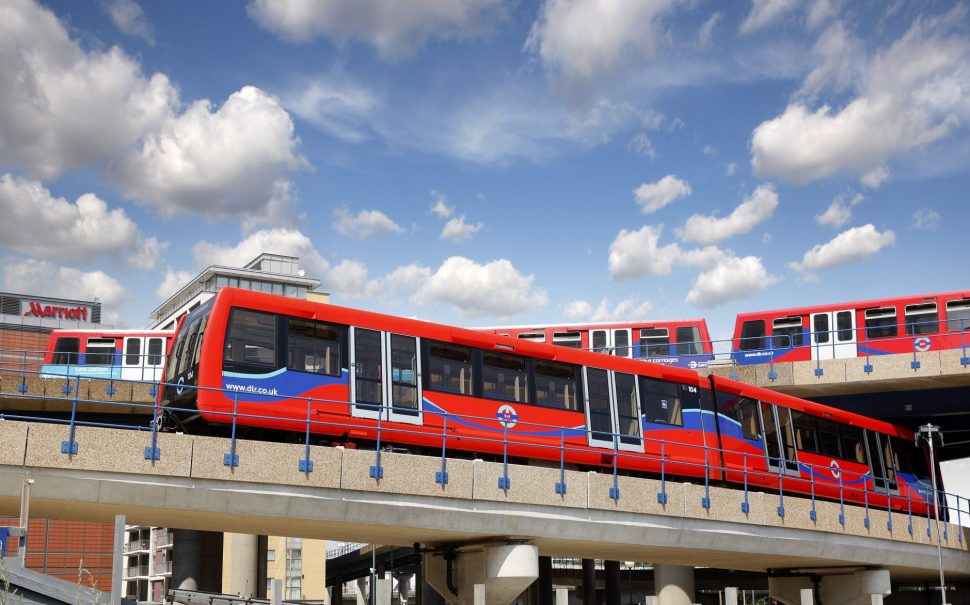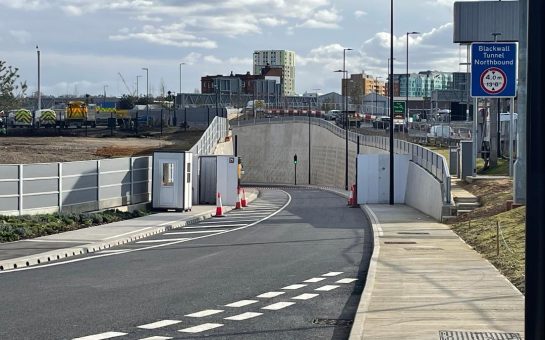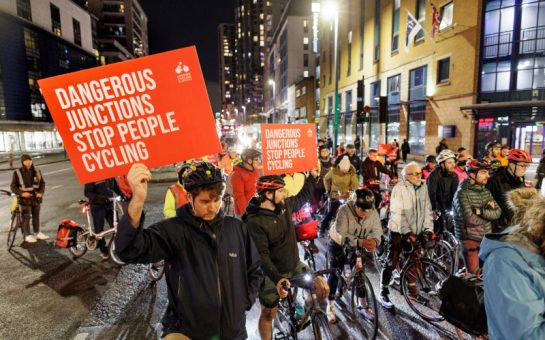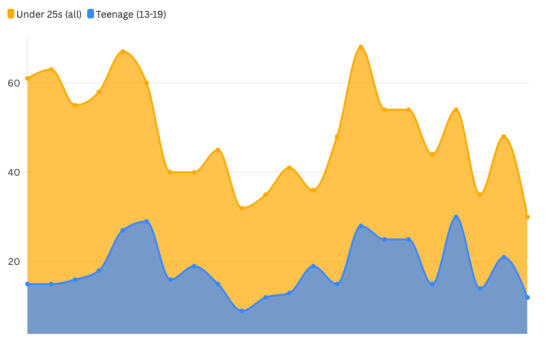The accessibility of public transport in North East London has been scrutinised by disability rights activists.
Their frustration stems from maintenance issues and a lack of accessibility planning across the TfL network.
According to data published by Transport for London, 13.2% of Londoners are disabled and an estimated 1.3 million journeys are made by people with a disability in the capital every day.
Earlier this month, Jennie Berry, a disabled content creator and wheelchair user, shared a TikTok of her experience travelling to Dalston Junction Station.
In her video, which has since amassed 2.6 million views, Berry was filmed crawling up steps from the platform to the ticket hall after discovering the station lift was out of service.
Dalston Junction is one of 62 London Overground stations with step-free access, but in a caption on her TikTok, Berry said there was no prior warning the station lift was broken.
All of the Docklands Light Railway, the Elizabeth Line, London’s tram stations and three in ten of underground stations are step-free.
Discussing the Tube, Berry wrote on TikTok: “Of that 30%, a lot of the time, lift access is poorly maintained, meaning you often get to one end and you’re stuck.
Millie Hawes, a wheelchair user and disabled rights activist who lives in London, echoed Berry’s concerns regarding poor lift maintenance.
She described how on one occasion, upon arriving at her destination of Bromley by Bow, she found the lifts were out of order.
After getting in touch with TfL through X, formerly known as Twitter, Hawes was told the lifts were not broken but had been manually shut off because no staff were available to man the station.
She added: “I remember phoning up the British Transport Police and saying ‘I’m actually trapped on the platform, I can’t get out, there’s no lift available.’”
TfL subsequently arranged for a staff member from another station to come and operate the lifts so Hawes was able to exit the station after waiting for an hour.
In February, TfL unveiled a new action plan, ‘Equity in Motion‘, aimed at improving accessibility and inclusivity across London’s travel network.
The document outlined plans to increase the number of step-free underground stations from 92 to 136, half the total number of tube stations.
Commenting on the accessibility concerns raised, Mark Evers, chief customer officer at TfL, said: “We really value feedback from our disabled customers, which helps us make improvements to create a more accessible and inclusive transport network.
“This is a top priority for TfL as a more accessible public transport network benefits everyone.”
Research by TfL has established disabled Londoners travel less frequently than non-disabled Londoners, with an average of 1.9 journeys per weekday compared with 2.5.
With a TfL Freedom Pass, people with an eligible disability are able to travel for free on most TfL public transport services.
In 2020, ahead of the 2021 London Mayoral Election, Sadiq Khan pledged to introduce a ‘companion pass’, which would cover anyone accompanying a disabled person to support their travel.
However, the companion pass is still yet to materialise and a Freedom Pass only entitles the cardholder to its benefits.
Hawes said: “Whilst your travel may be free, you have to pay for your carer to travel with you and that can be a financial barrier to a huge amount of different things.”
Commenting on the companion pass pledge, a spokesperson for the Mayor of London said: “The companion pass was a proposal that was being considered before the pandemic with initial estimates suggesting that it would cost £10m-£20m a year.
“While the Mayor is relieved that TfL has finally reached financial sustainability following years of short-term deals with the Government, we are still having to make difficult decisions on what projects can be committed to and unfortunately we are not currently in a position to make this financial commitment.”
Featured image credit: Transport for London





Join the discussion